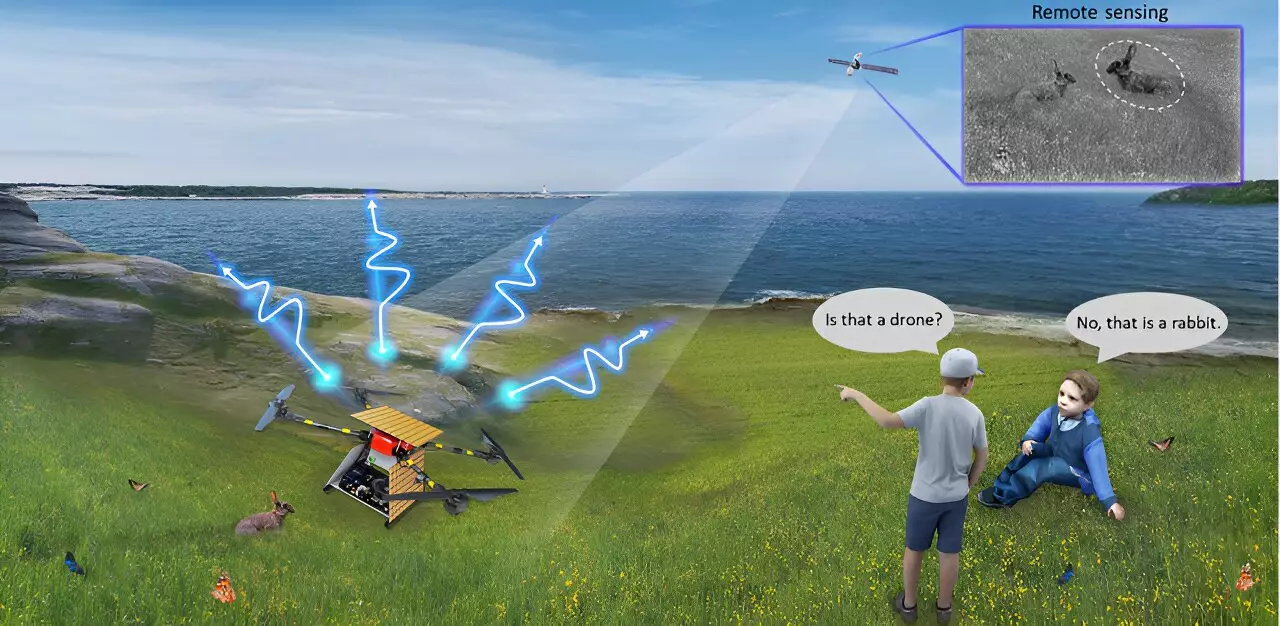The concept of objects disappearing seamlessly has intrigued humanity for centuries, from primitive camouflage techniques to the advanced cloaking devices of today. Recently, researchers at Zhejiang University have taken a significant step forward in this field by introducing an intelligent aero amphibious invisibility cloak that can adapt to dynamic environments.
Despite the progress made in invisibility cloak research, creating a cloak that can manipulate electromagnetic scattering in real-time across changing landscapes remains a daunting task. The obstacles faced by scientists range from the complexity of tunable metasurfaces to the lack of intelligent algorithms to address inherent challenges like non-uniqueness and incomplete inputs.
To tackle these obstacles, the team at Zhejiang University has developed a self-driving, cloaked unmanned drone that integrates perception, decision-making, and execution functionalities. By applying spatiotemporal modulation to reconfigurable metasurfaces, they can customize scattering fields across different domains. This approach is powered by a generation-elimination neural network, which guides the metasurfaces to seek optimal solutions through probabilistic inference.
In a groundbreaking experiment detailed in Advanced Photonics, the team successfully demonstrated adaptive invisibility across sea, land, and air using their unmanned drone platform. This fusion of spatiotemporal metasurfaces, deep learning, and advanced control systems has expanded the application of invisibility cloaks to aerial platforms. The neural network acts as a sophisticated commander, managing the complex interaction between waves and metasurfaces and addressing many-to-many correspondences.
The development of Zhejiang University’s cloaked drone not only opens doors for practical applications but also inspires further research in materials discovery and adaptive meta devices. As advancements continue, researchers can focus on overcoming current limitations such as bandwidth constraints and polarization challenges to enhance the capabilities of invisibility technology.


Leave a Reply